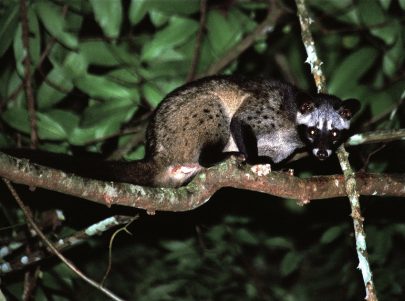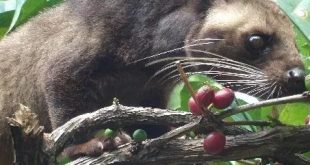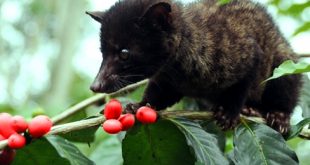 Luwak o civeta conocida como la civeta de palma asiática es un miembro de la familia Viverridae, nativa del sur y sudeste de Asia. Luwak elige la fruta del café maduro y de buena calidad para comer.
Luwak o civeta conocida como la civeta de palma asiática es un miembro de la familia Viverridae, nativa del sur y sudeste de Asia. Luwak elige la fruta del café maduro y de buena calidad para comer.
Luwak está activa por la noche, es un animal nocturno. Los granos de café consumidos por la civeta se procesan en el sistema digestivo, pero solo la cascara de la fruta, la semilla saldrá como excrementos. Los agricultores los recolectaran y limpiarán.
Los microbios juegan un papel importante en el proceso de fermentación. Los resultados de la fermentación ayudan a liberar la capa mucosa que envuelve el café.
Civeta incluyendo animales que les gusta vivir en un lugar limpio. Incluso al eliminar la caca, Luwak elegirá un lugar limpio, como en tierra firme, en rocas o en árboles tumbados.

